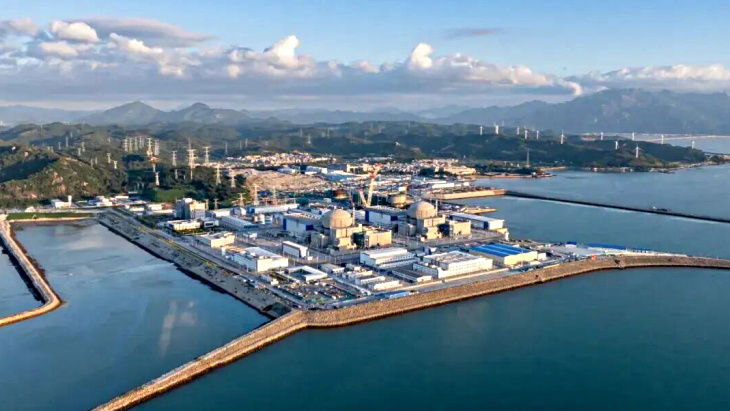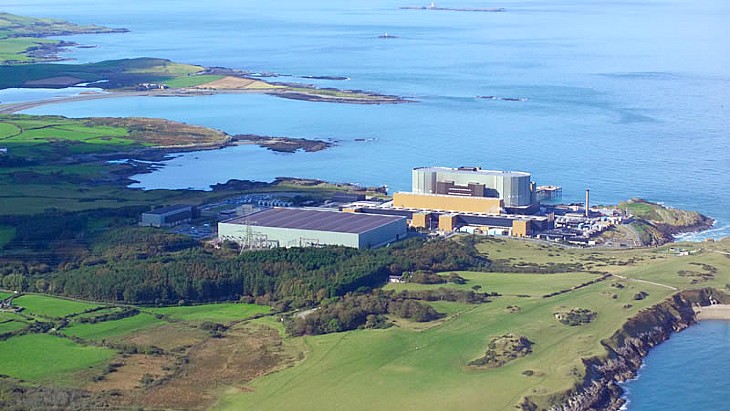"At 9.32am on 22 November, the Zhangzhou Nuclear Power Plant Unit 2 ... successfully connected to the grid for the first time, officially transmitting its first kilowatt-hour of electricity," China National Nuclear Corporation (CNNC) said. "With this, both units of the first phase of the Hualong One mass production project are now connected to the grid, making a new contribution to optimising the national energy structure and achieving the 'dual-carbon' goal."
China's Ministry of Ecology and Environment issued construction licences for Zhangzhou units 1 and 2 on 9 October 2019 to CNNC-Guodian Zhangzhou Energy Company, the owner of the Zhangzhou nuclear power project, which was created by CNNC (51%) and China Guodian Corporation (49%) in 2011. Construction of unit 1 began one week after the issuance of the construction licence, with that of unit 2 starting in September 2020. Zhangzhou 1 entered commercial operation on 1 January this year.
The loading of nuclear fuel into Zhangzhou 2 began on 11 October and the reactor achieved its first criticality on 3 November.

Zhangzhou units 1 and 2 (Image: CNNC)
"Following its initial grid connection, on-site confirmation indicates that the unit is in good condition, and all technical indicators meet design standards," CNNC said. "Subsequently, a series of planned tests will be conducted to further verify the unit's performance and ensure it meets commercial operation requirements."
The Zhangzhou site will eventually house six Hualong One units.
"To-date, unit 1 of the Zhangzhou Nuclear Power Plant has safely and stably generated over 8.8 billion kilowatt-hours of electricity. Unit 2 is expected to commence commercial operation within the year, while units 3 and 4 are in the civil engineering and installation phase. Preliminary work on Units 5 and 6 is progressing steadily," CNNC noted.
"Once fully completed, the base is expected to provide over 60 billion kilowatt-hours of clean energy annually, estimated to meet 75% of the total electricity consumption of Xiamen and Zhangzhou cities in southern Fujian, effectively improving Fujian Province's 'north-to-south power transmission' power structure."

_69218.jpg)



_50545.jpg)
_40405.jpg)

_46884.jpg)
_76087_55556.jpg)




